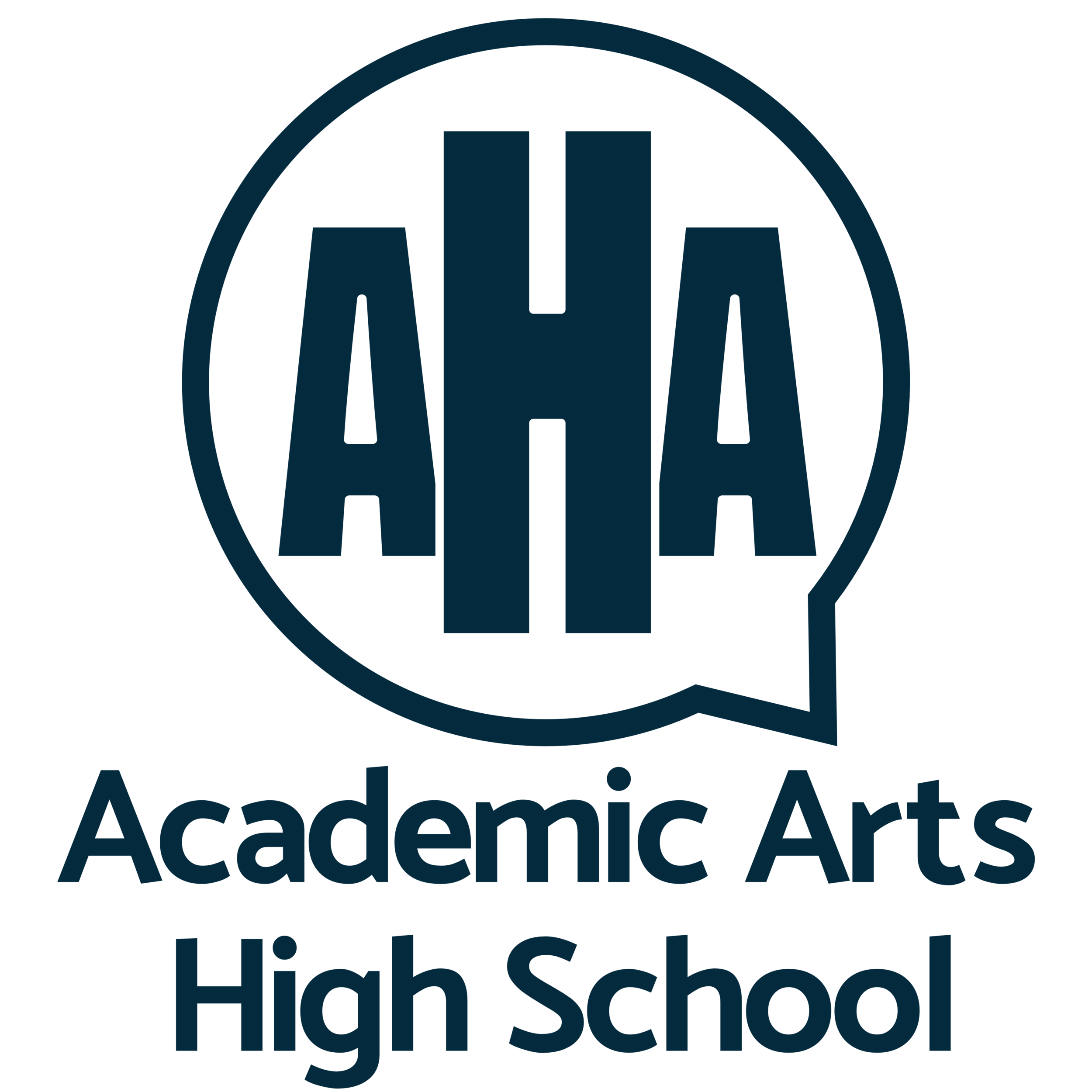HOW DO STUDENTS EARN CREDITS AT AAHS?
AAHS is a project-based school. Like most schools, we have core classes like science, math, social studies, and language arts. The difference is that students do not earn credit for classes by only passing tests. Instead, students also show mastery of standards by completing and presenting projects. There are two types of projects at AAHS: Class Projects and Independent Projects. Find out more about the differences below:
Class Projects:
Teacher-designed projects that are integrated into the specific class and aligned with curriculum and themes. These projects meet standards for required credits.
Independent Projects:
Student-Designed projects that students work on outside of their scheduled classes. Students design projects with a teacher. Once the teacher and student think a project is ready, the student presents their project proposal to the Curriculum Committee. The committee can add insights and request changes. Once the project is approved, the student can complete the project for elective or required credit as defined in the project proposal. The student shows off their amazing work by presenting their project to the community at an Exhibition Day.
Which Credits Do Students Need To Graduate From AHA?
Students need 86 credits to graduate from AHA. This is the exact same equivalent of the state requirement of 21.5 credits (see below). We just count differently. 21.5x4=86
26 credits can be earned in a year. Each semester long core class is worth 2 credits. Advisory is worth one credits for the school year (.5 credit per semester). Students must attend all exhibition days for credit (communicate with your advisor about this for questions or concerns).
There are two credit areas, Senior Project & Life Plan, that are specific to our school and required for graduation.
Academic Arts High School Graduation Requirements
Sex Education
Sex Education is woven into curriculum and counseling services during the school year. It’s also a section of the Health courses offered. Teaching Sex Ed is required in the state of Minnesota. This slideshow shows the Sex Ed topics that are discussed.
*Parents may choose to opt a student out of Sex Ed by notifying a school staff member in writing.

